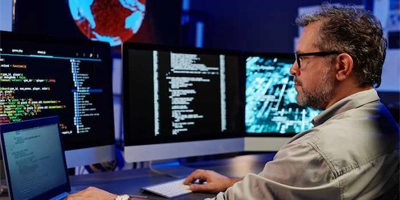As technology advances, there are more and more functions being performed by software. Most departments in your organization utilize software programs for operations. This change has started to impact SOPs in very interesting ways. Your policies and procedures need to incorporate the proper usage and steps when operating the software.
Traditionally, the bigger picture how-to knowledge allowed the authors to spell out who performed each step. It was always a person. For example, the Human Resources Coordinator might have done Step 1; then, the Human Resources Manager handled Step 2. This is a great way to understand the flow of how something unfolds in an organization, who touches it, and at what point.
Documenting the Dynamics Between People and Technology
Increasingly though, the new trend with SOPS is that organizations are documenting the interactions between people and software. Oftentimes, large pieces of a process are entirely automated, and understanding the flow and outcomes of this automation is both a critical management and training tool. There is a trend emerging where steps are performed by people and technology, and it's reflected in the policies and procedures of organizations that understand the importance of capturing this flow.
- Scan data into Software A
Who Performs-> Human Resources Coordinator - Populate all employee records fields and send data to Software B
Who-performs-> Software A
This is truly a shift. In the past, there was a focus on how to use a given software; there is now the additional layer of understanding what the automated features are and how they interplay with the people in the process. It changes the fundamental question from "Who does it?" to a broader, yet ironically more specific, "Who or What does it?"
The growth in technology may change the reason for needing a good system and well-written SOPS, but it certainly doesn’t diminish the need. Understanding how your business works is critical to successfully managing operations.
Additional Resources
.png?width=289&height=63&name=full%20logo%20(white).png)

